
Developer: Red Zero Games
Publisher: Red Zero Games
Platform: Switch, PC
Tested on: Switch
Here Be Dragons – Review
Dice and pirates go together like bread and butter. Just saying the two words evokes the image of buccaneers gambling on the deck of a ship, accompanied by a few bottles of rum. Here Be Dragons combines the pair in a different way, however, by using dice to determine the outcome of sea battles. The game certainly looks appealing but is it a treasure waiting to be discovered or should developer Red Zero Games walk the plank?
Story
Set in the late 15th century, Here Be Dragons presents players with an alternate timeline that claims to be the true story about how Columbus discovered America. The story is presented from the point of view of an innkeeper, who tells the story through flashbacks. He recalls the heroic deeds of the brave captain that went ahead of Columbus and got rid of all the sea monsters between Europe and the New World, so that the Santa Maria could sail unhindered. As you might have guessed from the presentation of the game, however, the captain’s deeds aren’t really of heroism but more just dumb luck.
The tongue-in-cheek storyline introduces not just captain Maligna but also his alchemist assistant Q alongside an expansive cast of quirky characters, each one weirder than the next. Columbus has a part to play of course, although he’d rather be a pirate than an explorer. Our favorite character, however, is the dead parrot Polly that accompanies the aptly named captain Parrot, as he is the subject of some of the game’s best jokes.
Graphics
With graphics clearly inspired by old sea charts, Here Be Dragons is visually striking. The game uses an eye-pleasing pastel palette, with muted and earthy tones. Usually, a game that is mostly beige doesn’t really tend to “pop”, so it’s quite a feat that the visuals stand out so much. Of course, the simplistic and cartoonish style isn’t graphically taxing, so the game offers a consistent frame rate even when there are lots of monsters on the screen. One thing that irked us graphically was the way the game uses floating heads to represent characters on the overworld maps. The heads felt a bit out of place and we would’ve preferred some other form of an icon. That’s just us being nitpicky though.
Sound
Unlike what the game’s trailer would have you assume, Here Be Dragons has a very understated soundtrack. We were a bit disappointed, as the battles would have benefited from some humorous sea shanties but when it comes to the soundscape, the battles are a bleak and barren affair. You’ll hear the crashing of the waves and the sounds of seagulls but the actual music is limited to short victory tunes after each stage. The scenes between battles fare a little better when it comes to music, but overall, the game’s audio really comes up short.
Gameplay
Here Be Dragons offers an interesting twist on the classic turn-based strategy game formula, by blending it with tabletop elements. You take control of captain Maligna’s fleet as you set out to sea and attempt to wipe out any enemies you encounter through a series of naval battles. Battles are single-screen affairs that are centered around a dice rolling mechanic. At the start of a turn, a number of dice is rolled equal to the number of units on the screen, whether these are ships, sea monsters or even islands with angry, spear-chucking natives (don’t ask). The player with initiative gets first pick of the dice, assigning one die to each of their units.
Actions are tied to the number rolled on said dice. For example, if your ship needs a 4-6 in order to perform an attack, you can assign a die that landed on a 4, 5 or 6 to said ship, provided any appropriate dice are still available. The more powerful an action is, the higher the dice roll required. A broadside attack will cause more damage and needs a 4-6 whereas healing your own ship for one hit point needs a low roll of a 1-3.
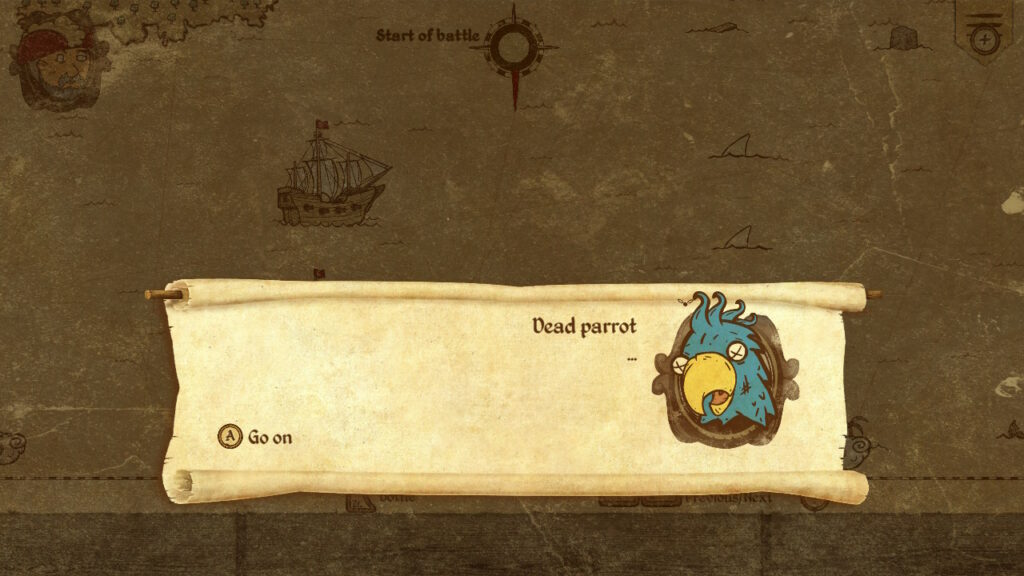
The result of any dice you pick up is added to the initial scale and the player that has the most weight will move second. This means that if you pick up any “heavy” dice, e.g. the ones that have high numbers, it’s likely that your opponent will be able to outspeed you, taking down your ships before you have a chance to attack. As the heavy dice are usually required for the more destructive actions, the scaling mechanic provides a sense of balance (no pun intended) and allows for fair battles. Occasionally, there are dice left over, either because none of the leftover dice match any actions or simply because a player doesn’t want to add any more weight to their side of the scale. If this is the case, these dice are discarded with the player that left the dice on the table taking one hit point worth of damage.
After the first few stages, where you familiarize yourself with the core mechanics, Here Be Dragons steps it up and introduces Errata, a surprising element that allows you to bend the game’s mechanics to your advantage. Using Errata allows you to literally rewrite the rules as you go along, although they require the use of Ink, a precious resource that is generated by killing enemies. You’ll have to carefully consider when and for what purpose you’ll use your Ink. Apart from these Errata, which are easily the game’s most influential resources, there are various other small mechanics that enable you to turn the tide.
For example, if you’re the first one to pick dice, it’s a good idea to look at which numbers the enemy needs. If you can snatch these before the enemy does, they’ll not only take damage, but they’ll be unable to perform actions for their unfilled action slots. The game is filled with too many of these small but impactful manipulations to list, but rest assured, everything flows smooth as butter and things never become overcomplicated. That doesn’t mean that sailing Here Be Dragons’ seas is easy, though, and there is plenty of challenge to be found here.
All in all, Here Be Dragons’ mechanics are very elegant and well balanced. The battles provide a tactical challenge, with the dice mechanics adding a delightful sense of randomness. If you’re a tabletop games enthusiast, chances are that the explanation of the mechanics above already have you giddy with excitement. Don’t fret however if you’re not a board game aficionado. Here Be Dragons might seem overly complicated at first, but once the game “clicks”, you’ll discover how simple yet satisfying the game’s mechanics truly are. It’s a shame then that the game lacks any form of multiplayer. We’d love to have seen a PVP mode where you’d be able to take on other players with a custom-built fleet, either local or online but the game only offers a single-player campaign. Granted, the campaign is quite lengthy, so we do feel you’re getting your money’s worth, but a multiplayer element would’ve gone a long way to increase the game’s longevity.
Conclusion
We were enamored by Here Be Dragons’ presentation: the writing is fantastic, the music really sets the atmosphere and the graphics -floating heads be damned- tie everything together. What really surprised us was the game’s simple but elegant dice-based combat system. We do feel that the game would have benefited from a PVP mechanic, but at this price point, Here Be Dragons is well worth picking up.
Here Be Dragons - Review,
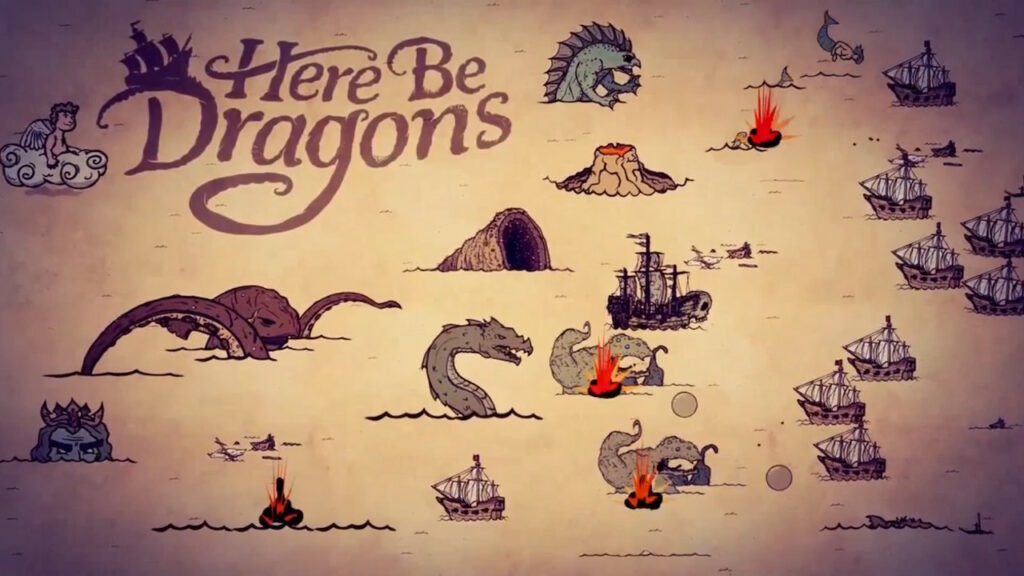
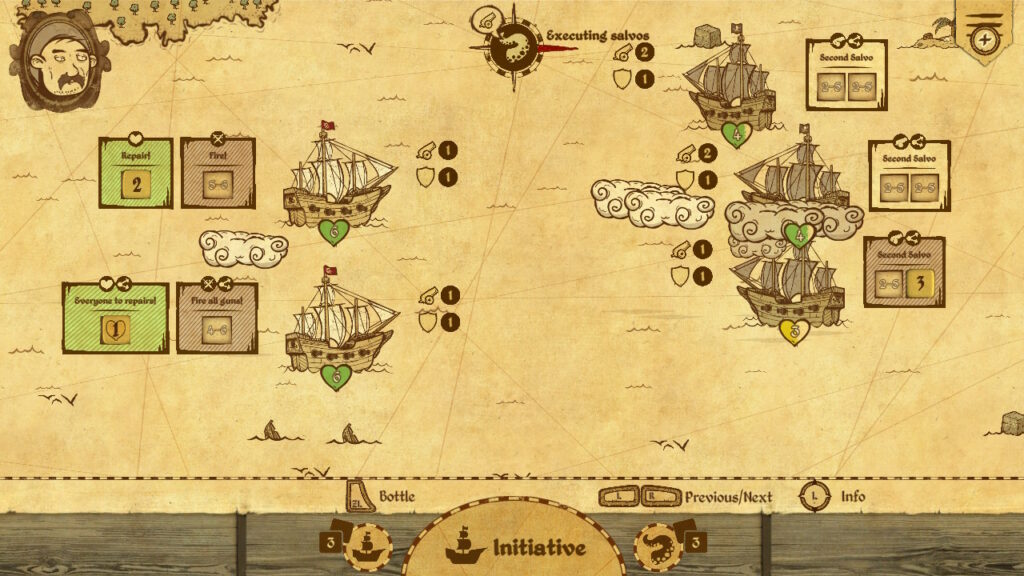
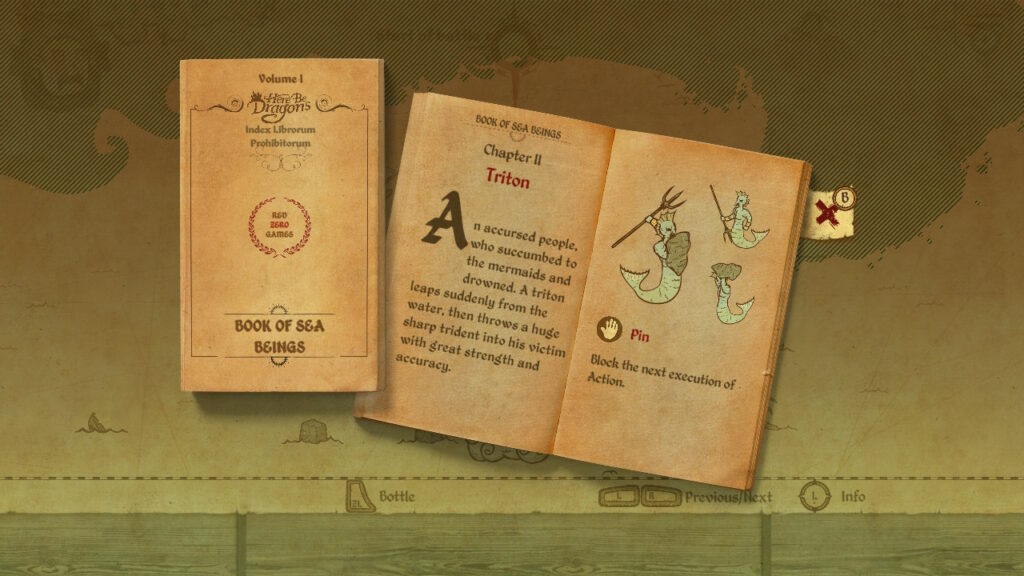


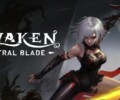


No Comments